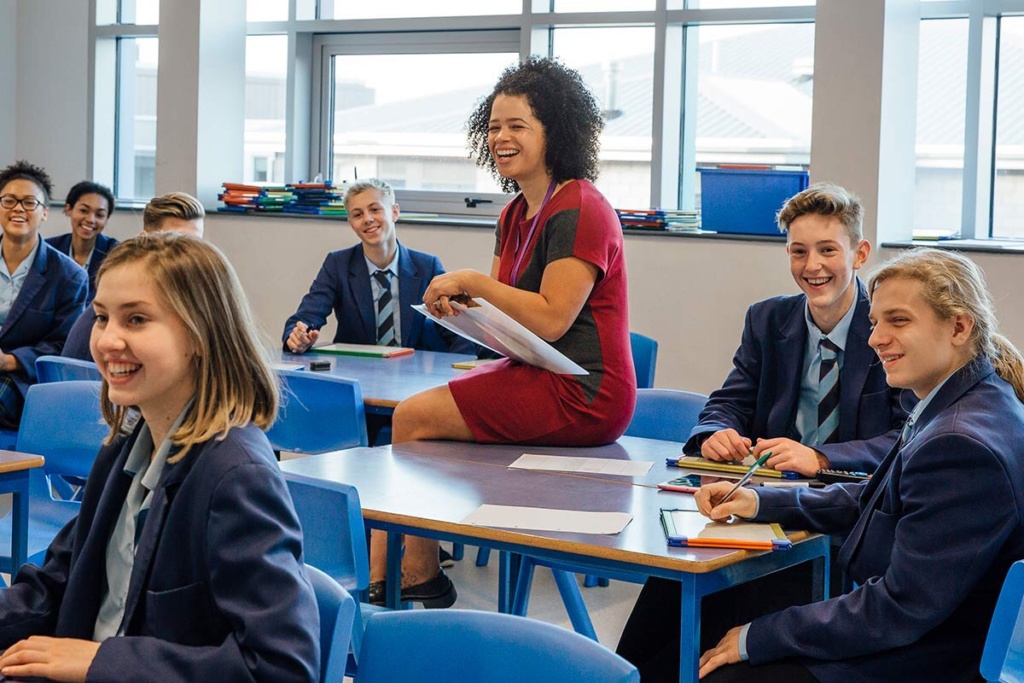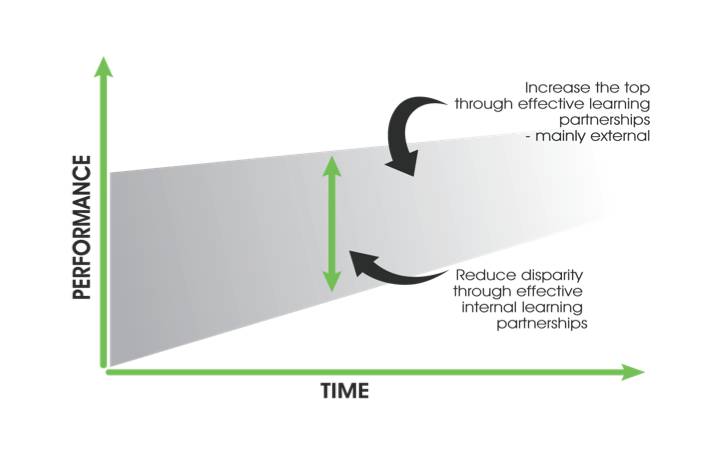
A strategy for the continued improvement of great schools: Growing the Top
It is an adage that outstanding schools don’t remain outstanding by standing still. ‘The key question for school improvement is what are outstanding schools doing that sets them apart, and how can we bottle it?’ asked Dr Josephine Valentine, who conceived this programme aimed at finding out...
The OECD states that ‘one of the marks of any professional is the ability to reflect critically on both one’s profession and one’s daily work, to be continuously engaged in self-improvement that will lead to improvement in students’ learning’. But self-improvement needs to be fuelled by knowledge of best practice elsewhere, informed by research and mobilised through effective innovation. Berwick has argued that integrating these three bodies of knowledge in a structured way creates a virtuous learning community with the power to improve student outcomes.
On this principle, Challenge Partners developed and orchestrated the Growing the Top (GtT) programme, which aimed to support the ongoing improvement of highly effective (or ‘stand-out’) partner schools by pooling their expertise to acquire new knowledge, access research and find innovative solutions to knotty challenges. Challenge Partners is a learning community and registered education charity of about 500 schools, grouped around 44 hub schools, which collaborate to improve each other and the wider education system so that all children benefit.
How the programme was designed and implemented
The GtT programme design was based on two core principles: upwards convergence and knowledge sharing (figure 1). Upwards convergence is the idea that the system will keep improving not only by improving the lowest performing schools and groups within schools but also through stimulating those at the top to get better.
Knowledge-sharing is based on what is valued from research as well as the ‘assumption that knowledge already resides in the lived daily experience of teachers’. Great practice and expertise exist within our schools, but the system struggles to move this knowledge around. The idea was to create a mechanism by which stand-out schools could both share aspects of the practice that contributed to their effectiveness and work together to find solutions to an ongoing challenge in each of the schools.

The GtT programme works by grouping the cohort of participating outstanding schools in trios, engineered so that there is a spread of geographical areas and school types (selective, single-sex, faith etc) in each trio. Each school in turn hosts a visit by the headteacher and a senior leader from the other two schools in the trio, aiming to:
- showcase one or two aspects of systemic excellence in the school, and
- present a systemic challenge, which the visiting leaders are invited to consider and help solve.